
African Slave Trade in Early America
Slavery had occurred in Africa for hundreds of years prior to the discoveries of Christopher Columbus in the New World. The majority of slaves were usually captured during wars between the numerous African states. One of these states, which was called Dahomey, specialized in capturing young men and women and then taking them to the coast where they could be sold to a slave ship. At this time, the majority of the African slaves were sold into the Muslim world. The African slave trade did not start in Britain until 1562 when Captain John Hawkins raided Sierra Leone and captured 300 Africans. Hawkins sold them to the Spanish colonies in the Americas. Before long, others were in the lucrative business which at the time was largely financed by London money and approved by royalty. By 1700, British ships would account for 1.6 million of the Africans who were sent as slaves to the New World.
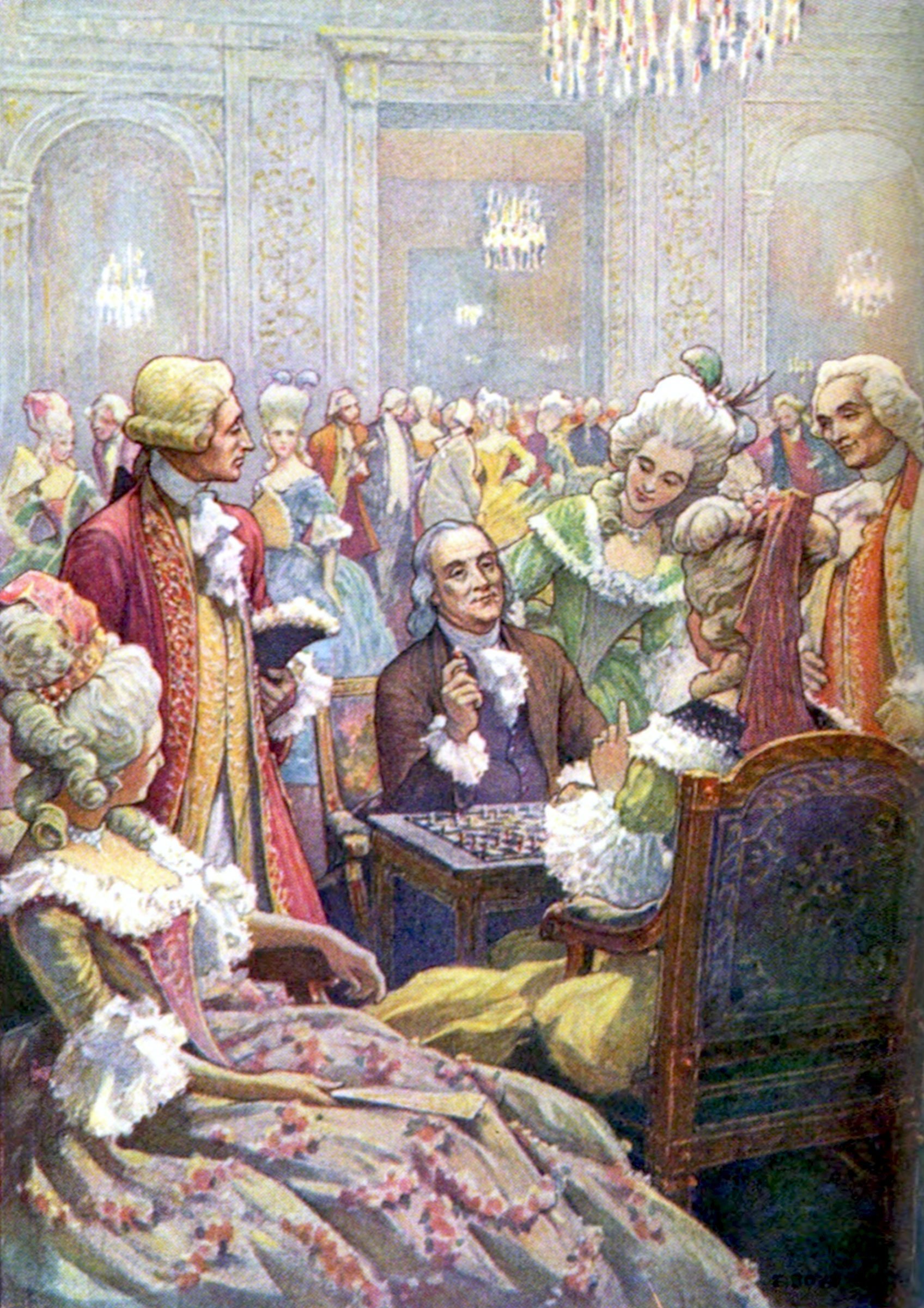
American Revolution and the French Alliance
If they were going to achieve independence the American leaders realized that they would need an alliance with France, and they were eager to take advantage of the fact that the French and British were now enemies. The only country as wealthy and powerful as Britain was France. The Americans on the other hand, had no credit, no industry, and a very new and fragile government. They did not have to convince France's King Louis XVI. He liked the idea of financing a revolution against his old enemy so he made the first move.

Articles of Confederation
Congress adopted the Articles of Confederation, on November 15, 1777. It was then sent on to the various states for their “consideration and approbation.” The process of adoption was very slow, and the document was not approved until spring of 1781. However, it was never well written and it served more as a makeshift constitution. It purposely created a weak central government. In addition, it contained no authority to levy taxes, leaving the government without the means to pay off its war debts from the Revolution, which were mounting. Even worse, the Articles of Confederation did not create a nation, but instead created a “firm league of friendships” among the Thirteen Colonies. Another weakness was that it failed to incorporate the people who had remained loyal(Loyalists) to the British into the new nation.

British Loyalists and the Revolutionary War
Historians usually refer to the American Revolution activists as Patriots. However, they were also called Whigs during the Revolution, after the liberal party in England. At the same time, those who remained loyal to the King of England were called Loyalists. Loyalist were also referred to as Tories, which was the name for the British conservative party. Both the Patriots and the Tories usually identified with the state that they were from, instead of the whole nation. Before and during the Revolution very few of the Patriots or Tories referred to themselves as Americans. In addition, both the British soldiers and the Loyalists/Tories referred to the Americans as rebels.
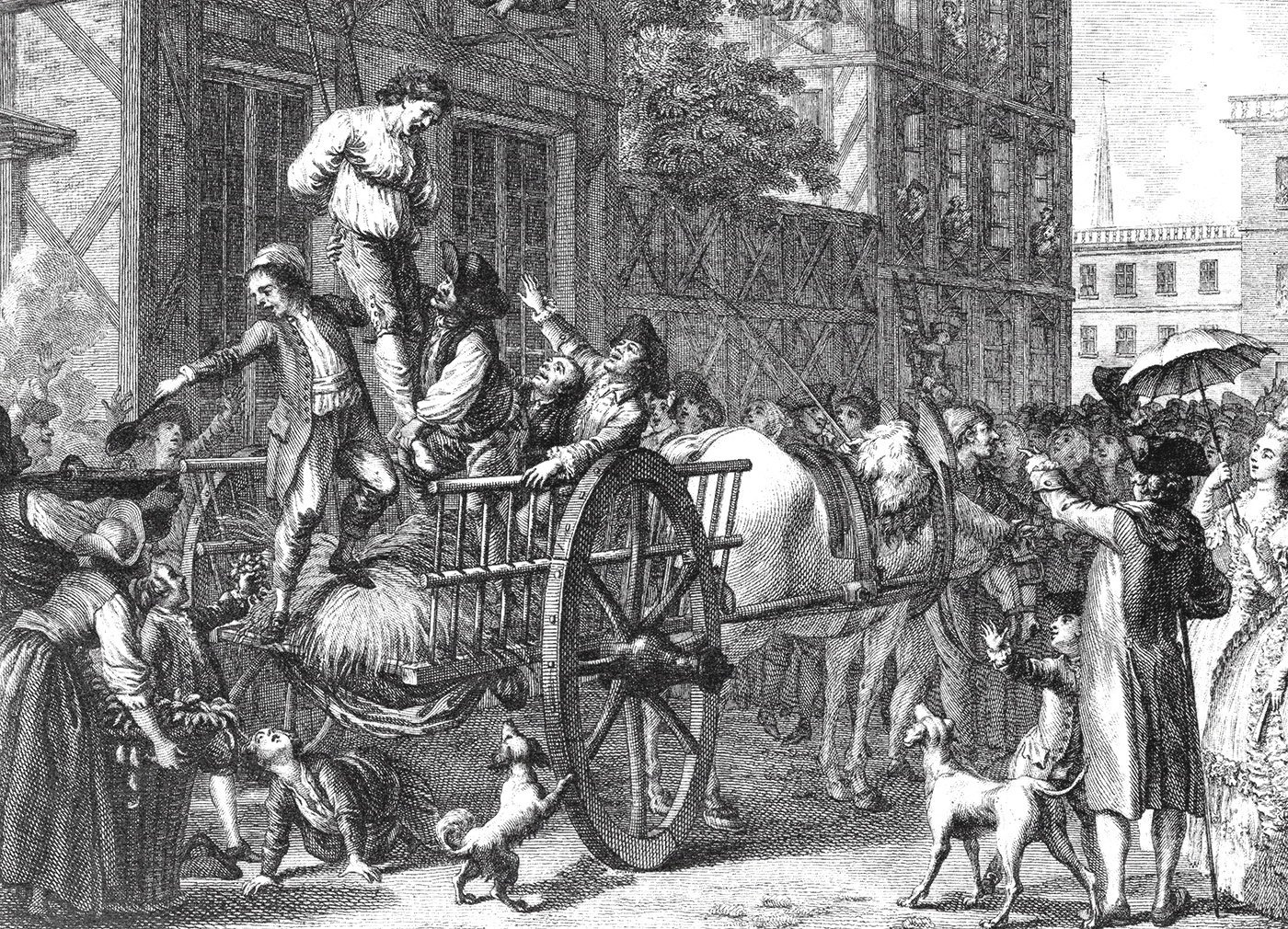
Causes of the American Revolution
The British and the French fought an enormous war for control of Canada called the Seven Year War. The British won, but they were left with a national debt of 130 million pounds of sterling. They believed that the colonists should help pay for the war. They also decided that the Americans should be taxed so that they could pay for the garrison of 10,000 British regulars who were permanently assigned to protect North America from the French. The collection of royal taxes had long been considered a joke, but now it was real and the colonists didn't like it. The British started by taking away their business in trading wine barrels for Portuguese Madeira wine. Next, the British doubled the tax on non-British West Indian molasses that was used to make rum. The result was that all of the distillers went out of business. This became known as the Sugar Act. Next came the Stamp Act of 1765, which created a direct tax on licenses, legal papers, and publications. All of the colonies were now in an uproar.

Continental Army
On June 14, 1775, on the eve of the Revolutionary War, the Continental Congress established the Continental Army under the leadership of General George Washington, Commander-in-Chief. Soldiers in the Continental Army were paid $7.00 a month. Congress specified that their uniforms be brown. However, most wore civilian clothing until shipments of uniforms begin arriving from France in 1778. The uniforms had brown and blue coats with red facings. It was not uncommon for them soldiers to go barefoot. The cost of the uniform was deducted from their check. At first they used every size and shape gun imaginable. However, with the support of the French government and some American arms makers, the chief weapon became the flintlock musket with an attached bayonet. The muskets shot a lead ball in a paper cartridge that had been prepared by the shooter. Muskets had a range of no more then 100 yards. At this time efficient and rapid volley firing determined the outcome of most battles. Soldiers were taught to load an fire 15 times in 3 minutes and 45 seconds, or about once every 15 seconds.
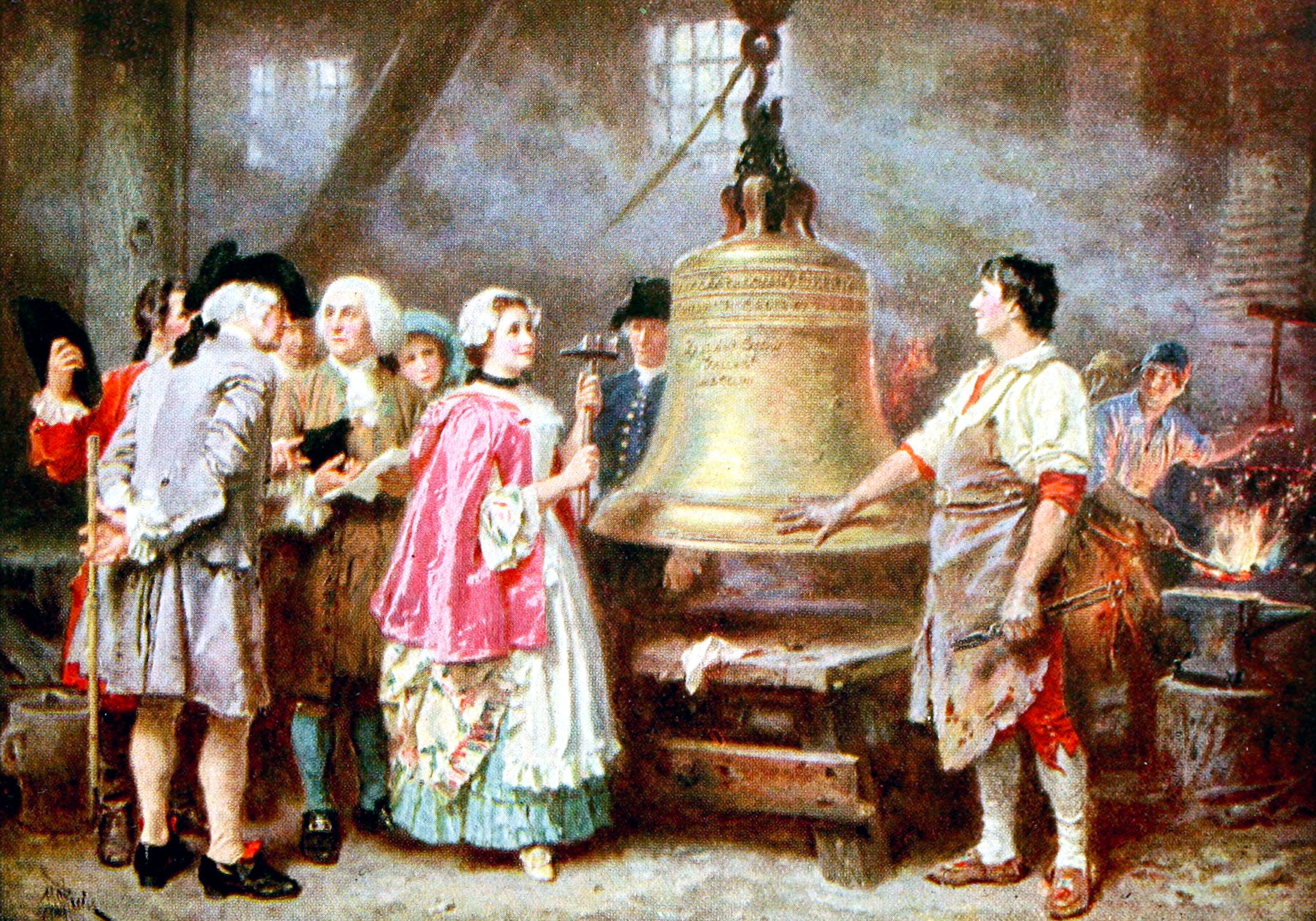
Declaration of Independence
By June 28, every colony but New York had voted to have their delegates authorize independence. When Congress met again on July 1, 1776, the majority of delegates were in favor of independence. However, they were unable to come to any conclusions. The next day more delegates appeared, some even riding all night in driving rain. On this day the support finally shifted toward independence. Then on July 4, 1776, Congress met in sweltering heat in a packed session in the statehouse in Philadelphia. Carefully, they began to dissect the words of Thomas Jefferson. Then, the upheaval really started when they got to the passage where he denounced the institution of slavery. That phase and a few others did not make it to the final draft. Congress ordered the Declaration of Independence to be written on parchment. Then, the idea of an official seal was discussed. Again John Adam, Thomas Jefferson, and Benjamin Franklin were given the task of creating an official design for the new nation.
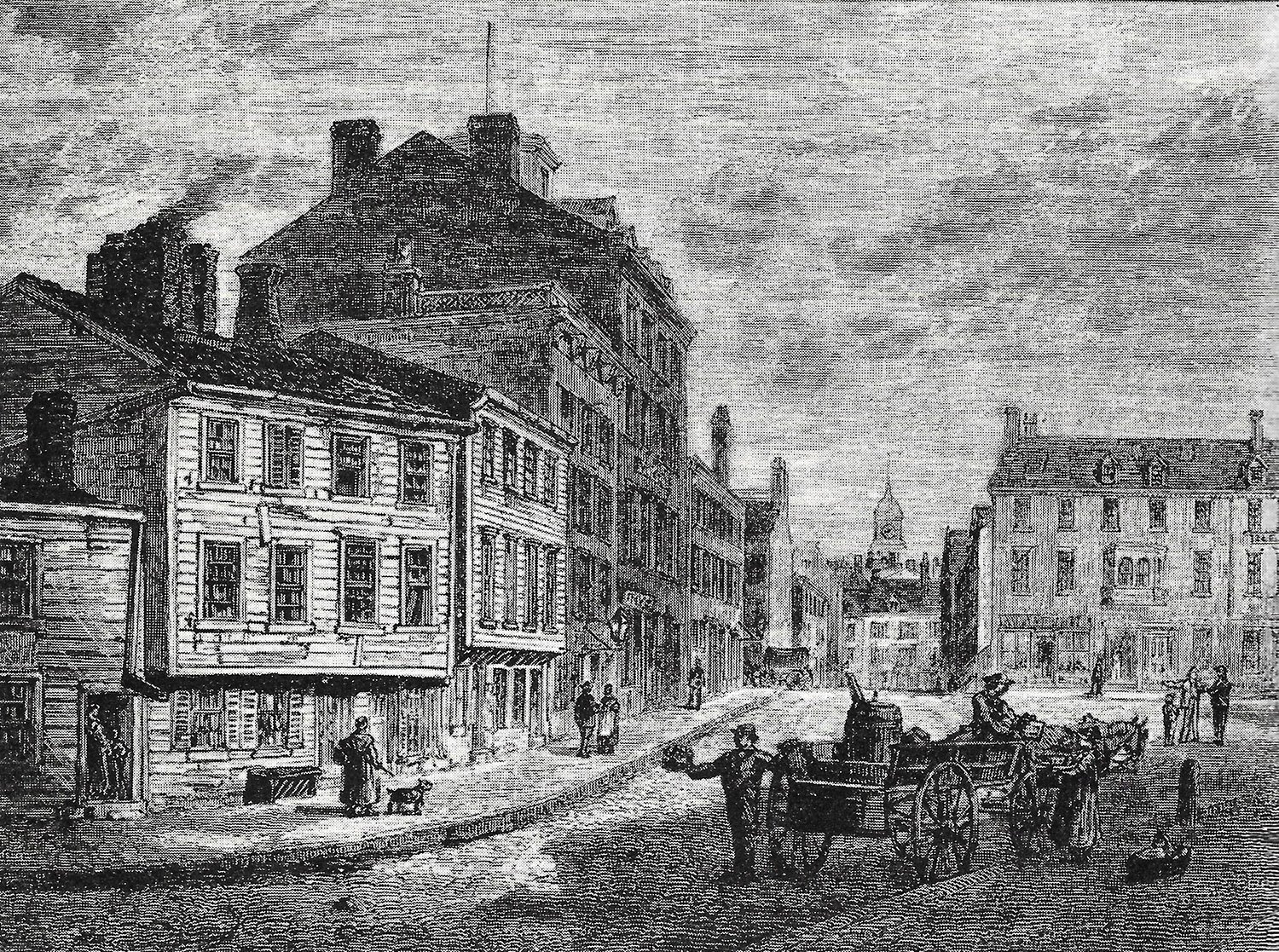
Lifestyles in the Thirteen Colonies
Before the start of the American Revolution, the majority of colonists made their living farming. Success depended on them growing a wide variety of crops, and whatever they grew extra, they sold or traded. Most of the foods that are available today were available during the colonial times. While tomatoes existed, they were still largely a wild plant and not considered to be edible. This was in spite of the fact that Native Americans had eaten them for centuries. Above all, the Colonists enjoyed a good ham, and every colony boasted that they had the best.
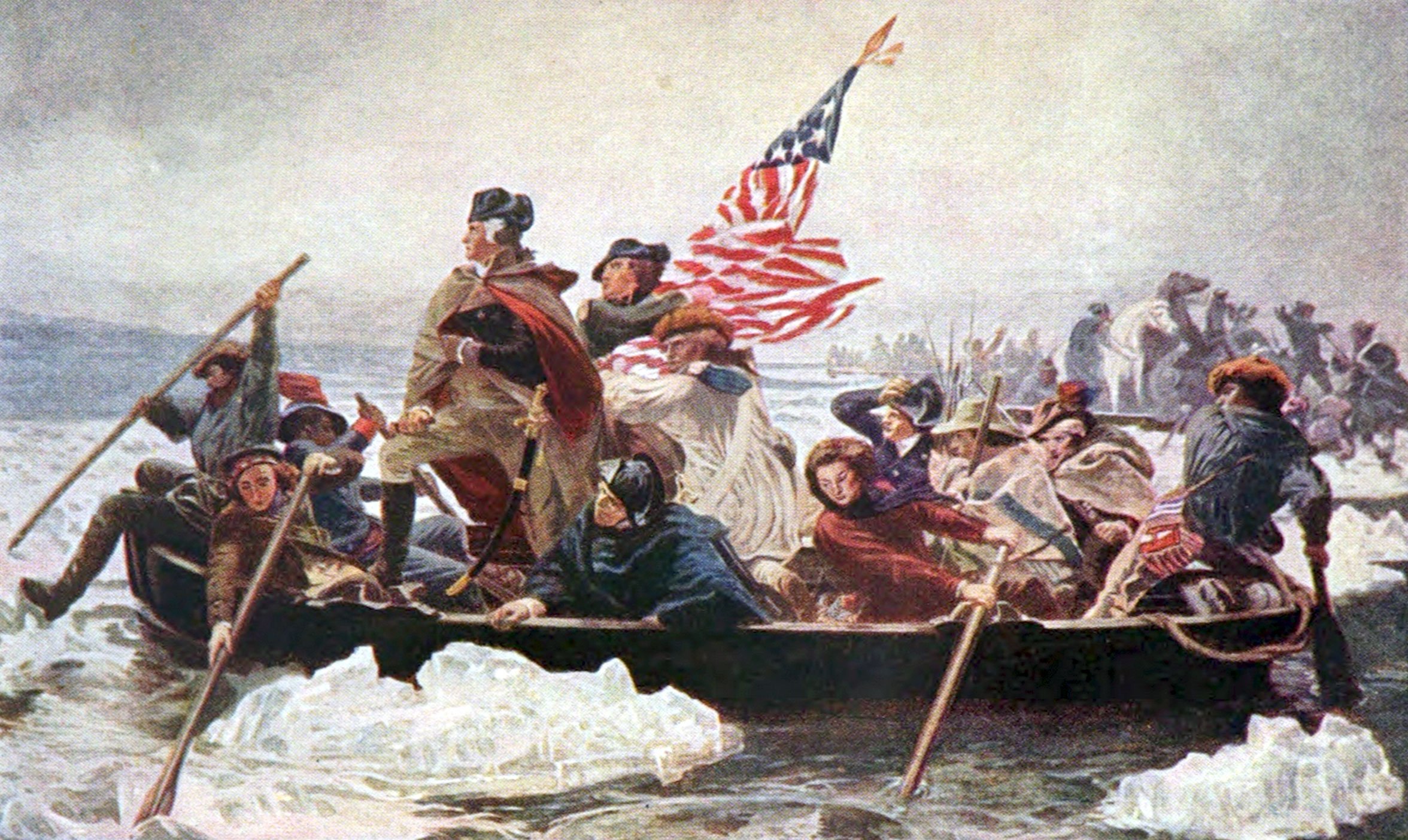
Turning Point of the American Revolution Part 1
In 1777, the British had a sound plan for crushing the Americans and bringing the war to an end. A large Anglo-German force, led by Major General John Burgoyne was to crush Fort Ticonderoga, and then head south along the narrow land bridge that separated Lake Champlain from the upper Hudson River until they arrived at Albany. At Albany, they would be joined by Lieutenant Colonel Barry St. Leger and his forces. They would unite into one large force, with an army of this magnitude the British believed that they could destroy any army that got in its path. This plan included the annihilation of the main American army, which was led by George Washington.
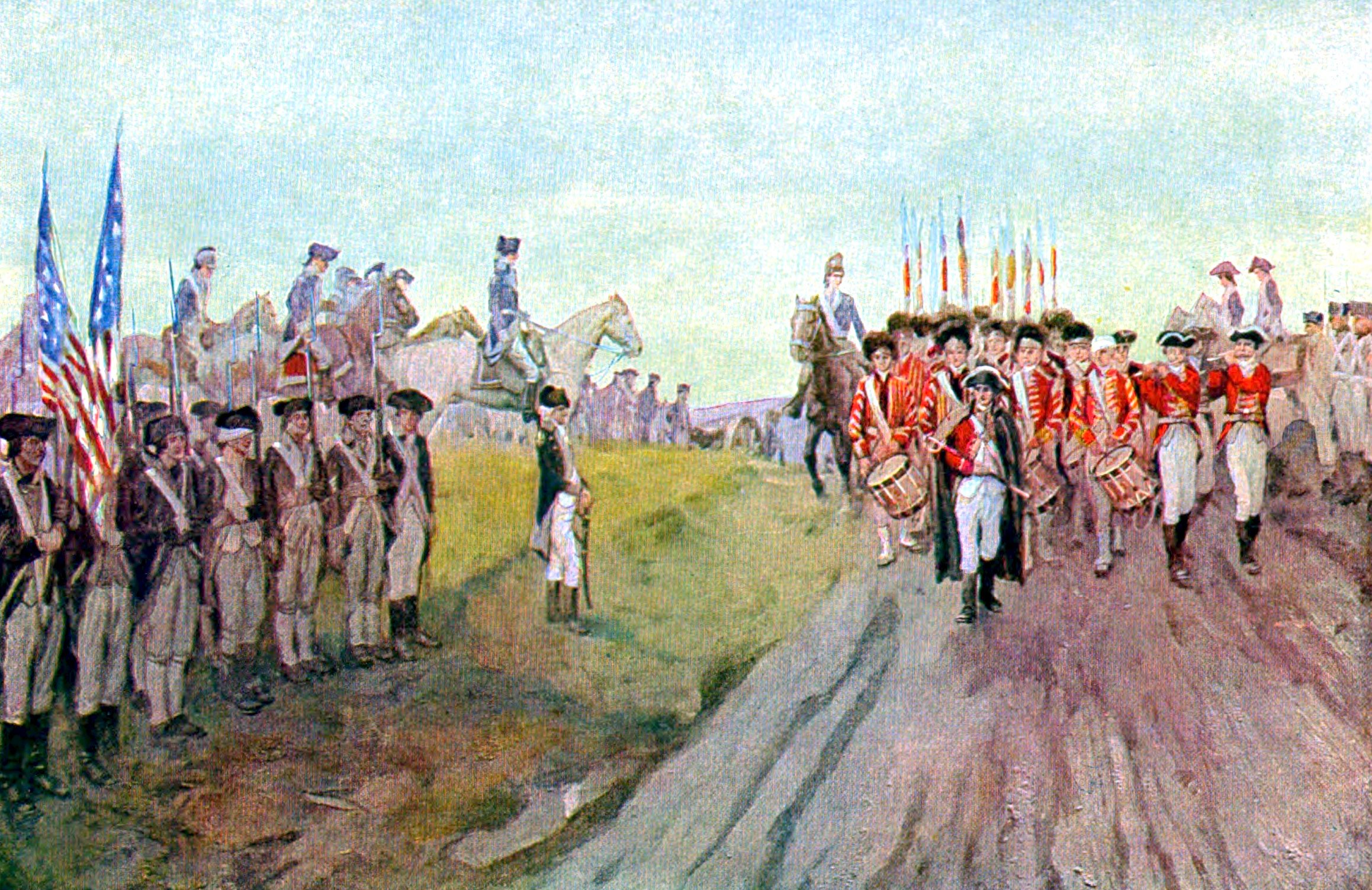
Turning Point of the American Revolution Part 2
American Colonel Peter Gansevoort and Lieutenant Colonel Marinus Willet, both of New York, had worked tirelessly repairing Fort Stanwix in anticipation of a British/German attack. The fort which was located on the upper Mohawk River in New York, was manned by 750 men who were combat ready. The British were led by Lieutenant Colonel Barry St. Leger. St. Leger led The King's 8th Regiment, a force of 1,000 troops, and they were supported by 1,000 Indians under Mohawk Chief Joseph Brant. The American fort stopped the first wave of attacks. The fort was supported by a militia of 800 men from Tyron County, who were led by American Brigadier General Nicholas Herkimer. On August 6, 1777, Herkimer and his men were ambushed a few miles from the fort. Herkimer and the Tyron County Militia was forced to retreat down the Mohawk River. The skirmish would become known as the Battle of Oriskany. The Americans were saved when Benedict Arnold arrived with 1,000 reinforcements.
